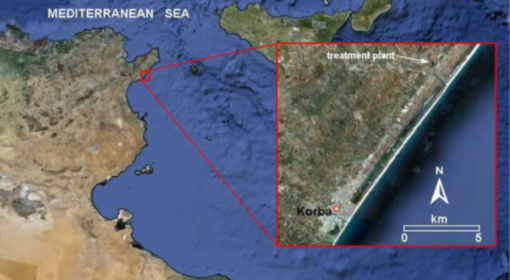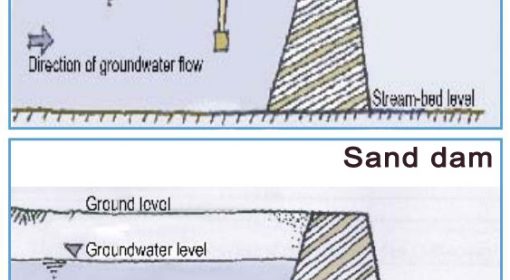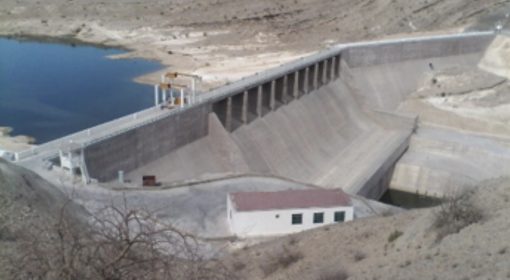by Frank van Steenbergen
January 19, 2021
Salt water intrusion
Salt water intrusion in coastal areas is a serious global concern – driven by climate change (rising sea water levels and sea floods) and increased use of freshwater anywhere upstream of the coastal areas (particularly heavy groundwater pumping close to the shorelines). It is not irreversible and there are solutions that can be applied.
Water scarcity as well as water pollution are rampant in the northern part of China and the area is considered one of the groundwater crisis hotspots. Sea water intrusion has created local drinking water crises and led to the abandoning of wells and farmland, which has increased hardship for those living there.
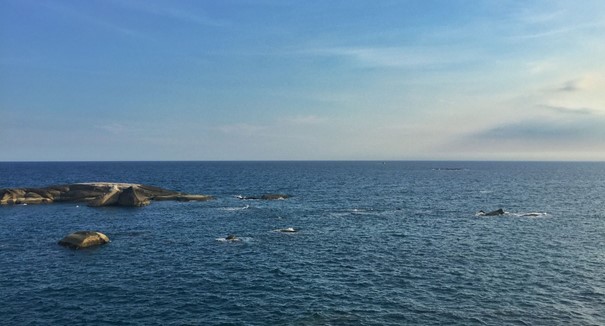
Also facing severe amounts of salt water intrusion from the sea is the fast-developing coastal province of Shandong, located in East China region’s economic powerhouse (Monninkhoff et al. 2010). Shandong boasts of a dynamic horticultural sector catering to the national and regional markets. Water resources in the province are scarce, with the average annual water availability per capita being as low as 320 m3 . This makes for a bare 10% of the internationally accepted standards of water availability (1000m3/capita, according to Wu & Tan 2012).
Moreover, the groundwater in Shandong province is seriously over-extracted. The regional cone of groundwater depression is as large as 20 thousand km2. The area with salt intrusion is more than 1000 km2 (Lui et al. 2006).
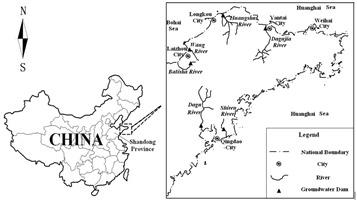
The province’s geology is complex with several aquifers layered on top of one another. Salinity intrusion takes place at different depths in areas where groundwater abstraction is high. Salinity ingression also occurs in the flood plains, where saline and freshwater aquifers alternate, resulting in saline water coming up in areas of heavy abstraction (Andersen 2013). The Zeibo-Weifang cone of depression in Shandong’s coast has persisted over the last twenty years. As of now, it has more or less stabilized.
To address water shortage in coastal plains and to control seawater intrusion in the area, six underground dams were constructed on various coastal rivers (see figure 1). A description of the salinity barrier technique and its impact are described below. This was carried out under the DHI-WASY project (a joint Chinese-German project that ran between 2008-2011). Detailed analysis has been done along the Huangshui river to estimate the potential of underground dams in this area.
Underground dam types
The main purpose of the underground dam types is to prevent sea water intrusion. In four areas (Balisha, Wanghe, Daguija and Shiren) the dams consist of impermeable walls constructed from cement that was injected with the high pressure jet grouting technique. In two areas (Dagu and Huangshi) inflatable rubber dams were constructed. These were built on an underground dam layer. The unique characteristic of the rubber dams is their ability to function as reliable crest-adjustable water gates. When inflated by a medium (air, water or combination of both) it rises to retain water. When deflated by releasing the medium, it collapses flatly down the foundation, completely opening the channel to the free flow of water (Zhang et al. 2002).

River runoff is intercepted and directed to the underground reservoirs behind the dams through infiltration wells, trenches, and ditches. This can lead to an increase in storage capacity of the reservoir and an uplift of the water tables in the areas. This setup also prevents saltwater water intrusion from the sea (see figure 2). For main technical specifications concerning the underground reservoirs see the table below:

Implementation
Construction of the underground dams has changed the surface runoff and discharge of groundwater in the reservoir areas and has stemmed saline intrusion from the seaside. The underground dam in Balisha river area has resulted in an increase the amount of fresh water in the reservoir to twice the amount before building the dam. Similar impacts has been seen in Wanghe river area where sea water intrusion decreased by 68% along with a reduction of chloride ion (indicator for salinity) from 70.1% to 50.6%. Also, field data from Wanghe river underground reservoir (which started in 1999) shows that after the construction of the underground dam, the average annual groundwater level increased by 4.4 meter with an average elevation of 3.3 meter.
Benefits
Studies emanating from the project estimate that more than 50 underground reservoirs with a total volume of 400 million m3 can be constructed in Shandong. The total size of underground reservoirs would be 8000 km2 and the water extraction can increase by up to 1500 million m3. It is estimated that the annual economic benefit minus the operational costs will be 1399 million yuan which is equivalent to 164 million Euros (Liu 2006).
Construction of underground dams is not only beneficial to reduce sea water intrusion and salinity in water. It will also help in addressing challenges related to water scarcity. Additionally, the economic benefits apart from the social gains associated with the construction of such dams are also very high.
References
- Andersen (2013) Groundwater in China part 1: occurrence and use. COWI, Denmark. Online available at: http://ecoinnovation.dk/media/mst/94641/130618%20Groundwater%20in%20China_Part%201_Occurrence%20and%20Use.pdf [Accessed on 20th of May 2014]
- Ishida, S., Tsuchihara, T., Yoshimoto, S., & Imaizumi, M. (2011). Sustainable use of groundwater with underground dams. JARQ, 45(1), 51-61.
- Kutzner, R., Zhang, B., Kaden, S., & Geiger, W. (2006). Sustainable and integrated water resources management for the coastal areas of Shandong Province, China. Water Science & Technology, 54(11-12), 57-64.
- Lui, Q., Zhang, B. & Zhang X. (2006) Advances on construction and research of ground reservoirs in Shandong province, PRC. The 34th congress of International Association of Hydrogeolists. Online available at: http://en.cgs.gov.cn/Achievement/The34thCongress/Groundwater/17131.htm [Accessed on 20th of May 2014]
- Monninkhoff, L. , Kaden S. & Mayer J. (2011) Integrated analyses of MAR techniques in Shandong, China. International Conference on IWRM “Management of Water in a Changing World: Lessons Learnt and Innovative Perspectives. Online available at: http://dhi-wasy.eu/fileadmin/Shandong/termine/IWRM2011_SessionC3_1205_Monninkhoff_Kaden_Mayer.pdf [Accessed on 20th of May 2014]
- Monninkhoff, L. (2010). Overall-effective measures for integrated water resources management in the coastal area of Shandong Province, China. In Integrated Water Resources Management Karlsruhe 2010: International Conference, 24-25 November 2010; Conference Proceedings (p. 107). KIT Scientific Publishing.
- Wu, P., & Tan, M. (2012). Challenges for sustainable urbanization: a case study of water shortage and water environment changes in Shandong, China. Procedia Environmental Sciences, 13, 919-927.
- Zhang, X. Q., Tam, P. W., & Zheng, W. (2002). Construction, operation, and maintenance of rubber dams. Canadian Journal of Civil Engineering, 29(3), 409-420.
